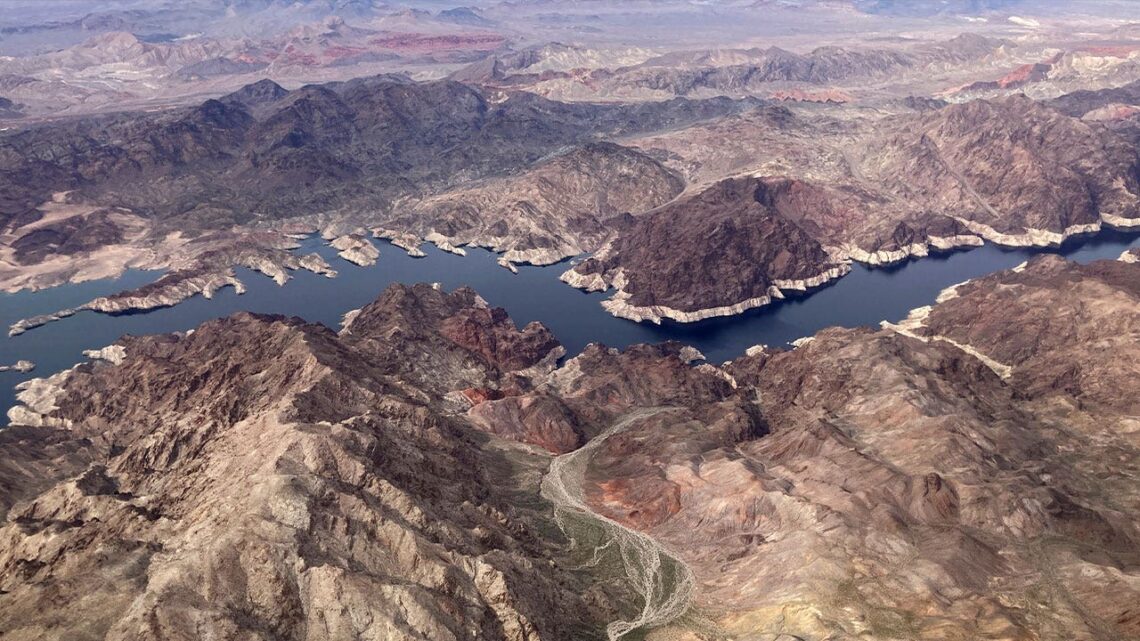- Nearly half of the U.S. West is now out of drought following a winter marked by heavy snow and precipitation.
- For the first time in years, California will be able to provide all the water requested by its cities and farms as recent winter storms replenish the state’s groundwater.
- However, “bathtub rings” at Lake Powell and Lake Mead reservoirs remain as a reminder that the American West still faces intense water challenges.
Nearly half of the U.S. West has emerged from drought this spring, but the welcome wet conditions haven’t entirely replenished the region, scientists said Tuesday.
Hydrologists from the National Oceanic and Atmospheric Administration said deep snowpack across much of the West will bring short-term relief, but the equally deep “bathtub rings” at Lake Powell and Lake Mead reservoirs are a reminder of the long road to bringing supply and demand in balance.
This winter brought bountiful and persistent snow from the Sierra Nevada to the Rocky Mountains, stranding residents in their homes while setting accumulation records and pulling a large swath of the region out of drought. The quantity of precipitation is impressive, but the fact that snow stuck around this late in the season is perhaps more rare, said Joseph Casola, NOAA’s western regional climate services director.
CALIFORNIA TO MEET 100% WATER REQUESTS AFTER WINTER STORMS SEND RECORD SNOWPACK, REGULATORS SAY
“With climate warming, the odds for such a long-lived anomaly of cold over a large area like the West — the odds for that just go down and down,” Casola said.
A continued slow melt helps reduce danger of flooding and delays the onset of the worst wildfire danger in the region. Meanwhile, all that rain and snow means California can provide 100% of the water requested by cities and farms for the first time in years, and is flooding farmland with surplus runoff to replenish precious groundwater.
The big question is how much relief this winter’s snow will bring to the Colorado River, which has…
Read the full article here







